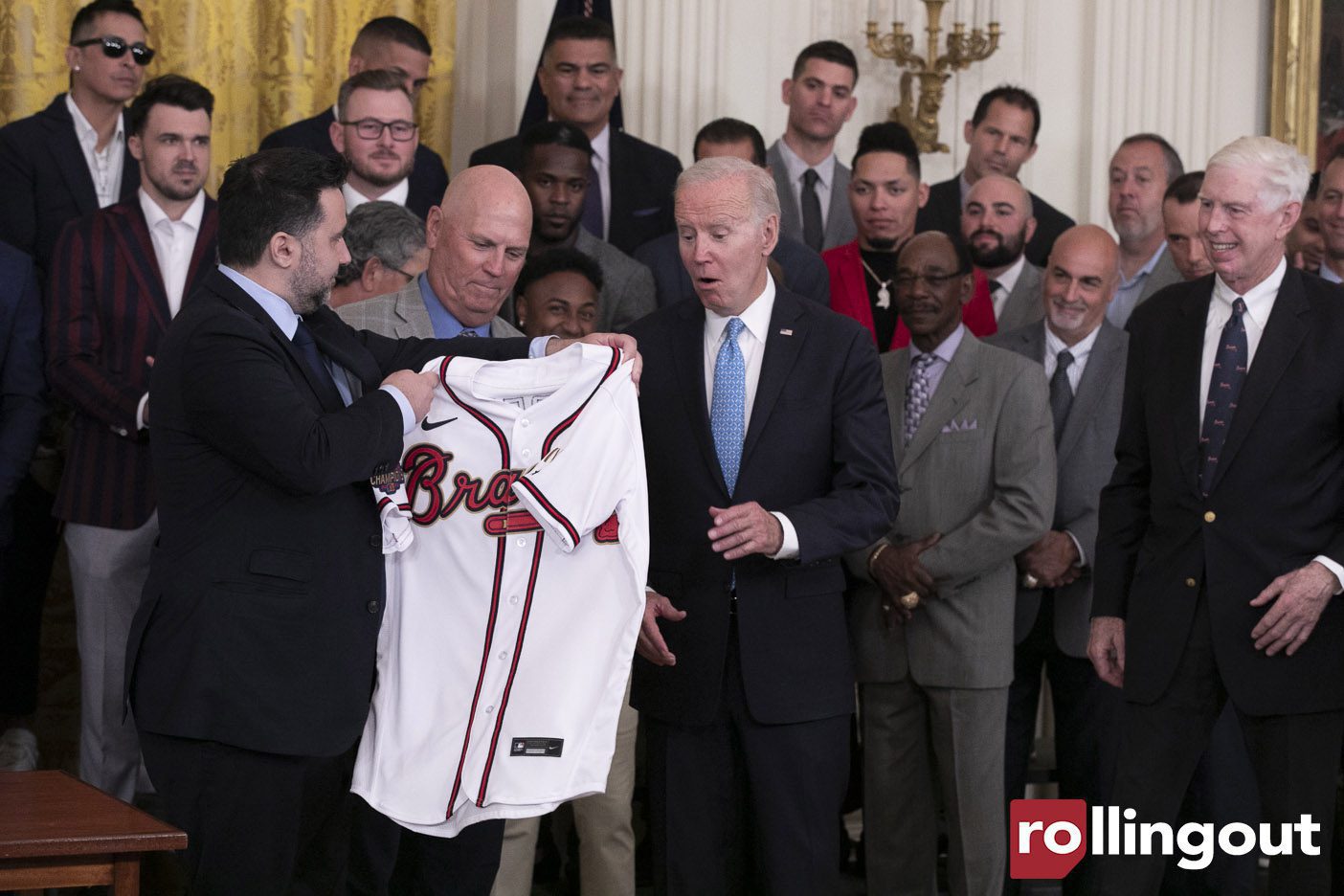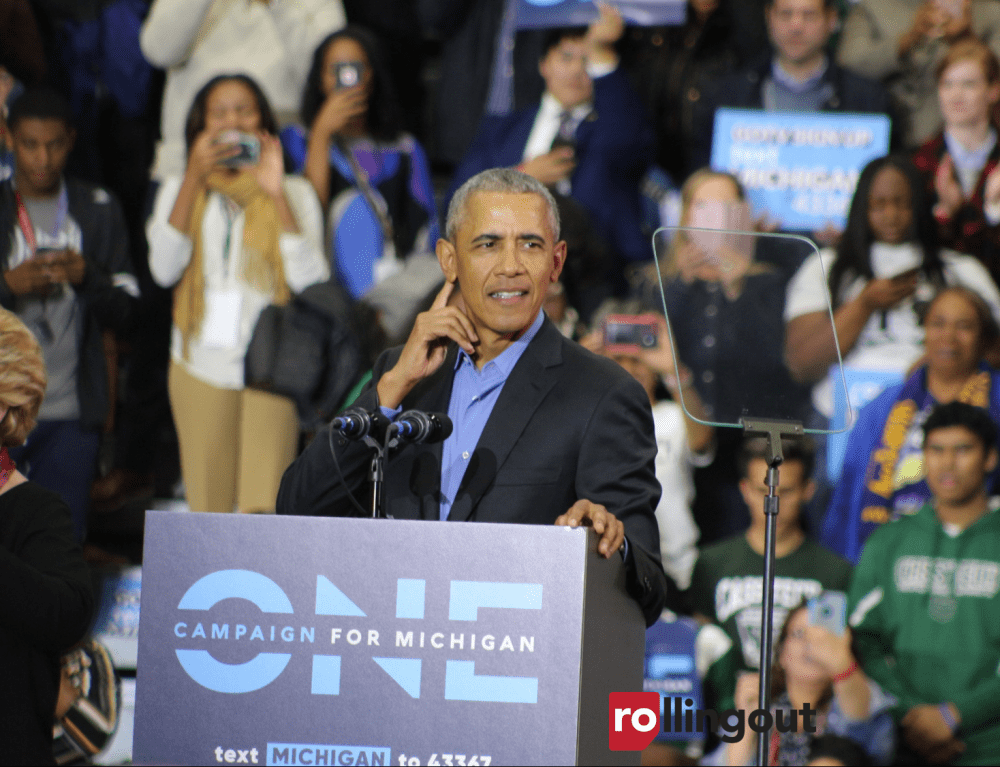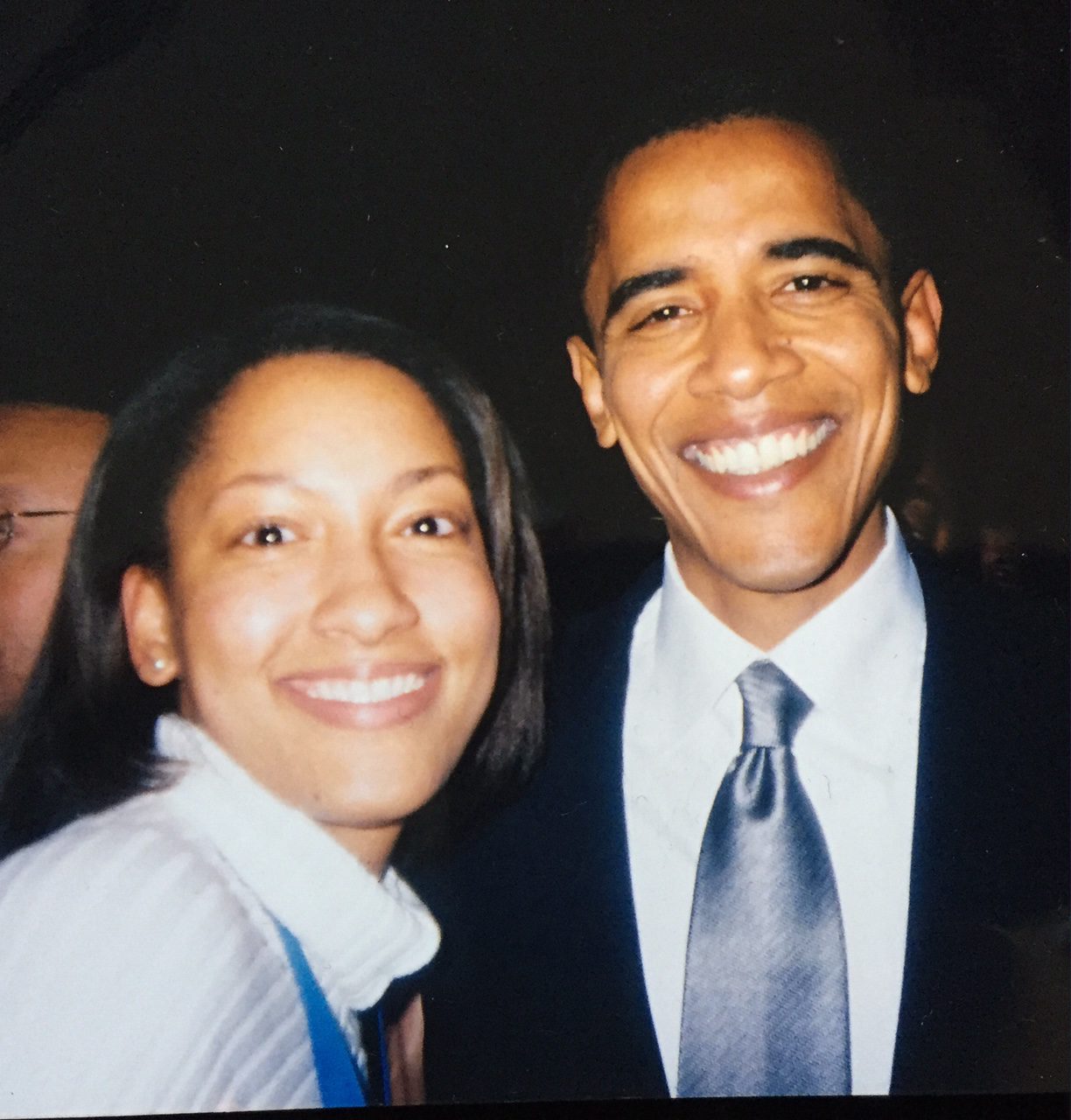 Last month in Atlanta the National Alliance for Public Charter Schools (NAPCS) honored former President Bill Clinton with a Lifetime Achievement Award for support of charter schools. Clinton played an intricate role in the success of charter schools during his presidency.
Last month in Atlanta the National Alliance for Public Charter Schools (NAPCS) honored former President Bill Clinton with a Lifetime Achievement Award for support of charter schools. Clinton played an intricate role in the success of charter schools during his presidency.
“He took the concept and developed unprecedented support at the federal level,” says Peter C. Groff, president and CEO of NAPCS. Previously the president of the Colorado Senate, Groff has long understood the importance of strong public schools in preparing students to compete in the ever-growing global marketplace, so he jumped at the opportunity to join NAPCS.
NAPCS is the leading advocacy organization in the country for the expansion of charter schools and is currently working with states to either strengthen charter laws or implement charter statues. Although the NAPCS has made great strides, Groff admits, “A lot of what ‘we’ hear about charter schools is misinformation. Charter schools are not some right-wing, white male conspiracy but rather parents and the community saying, ‘Our kids aren’t being educated in the right way and we need to establish something better,’ ” says the former co-chair of the Obama 2008 presidential campaign.
What you might not know about charter schools:
- 56 percent of charter schools are in inner cities or urban neighborhoods
- 63 percent of charter school students are non-white
- Charters are tuition-free public schools
- Parents, teachers and communities partner to offer high quality education
- Charters have autonomy giving them the ability to offer non-traditional options such as longer school days, shifting curriculums, or schools based on language, math, science, arts, or a combination of those things
- Parents can choose which educational approach is better for how their child learns
- Under President Bill Clinton, charter schools grew from 2 to 2,000 when he left office
- Clinton developed three charter schools initiatives at the federal level that supported the growth and expansion of high quality school networks
- President Barack Obama believes that charter schools must be part of education reform
Like most educational programs, charter schools have a fair share of challenges to overcome. Charters receive about $2,200 less per child than traditional public schools, charters are sometimes located in buildings not conducive to learning, and there are currently 400,000 kids on the waiting list. Despite the hurdles, charters can be an effective alternative. For more information on charter schools or to find charter programs in your area, please visit the NACPS Dashboard at www.publiccharters.org, which has reports on over 5,000 charters within the United States.
–amyr heard














